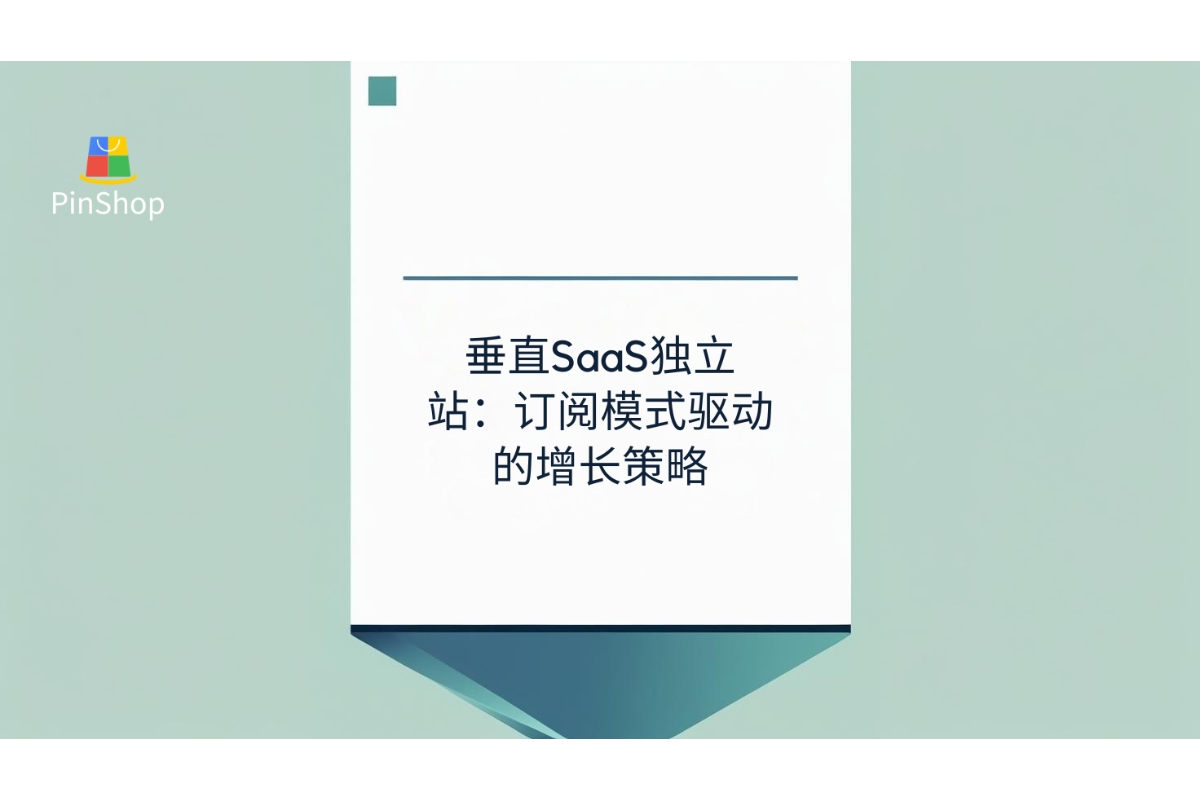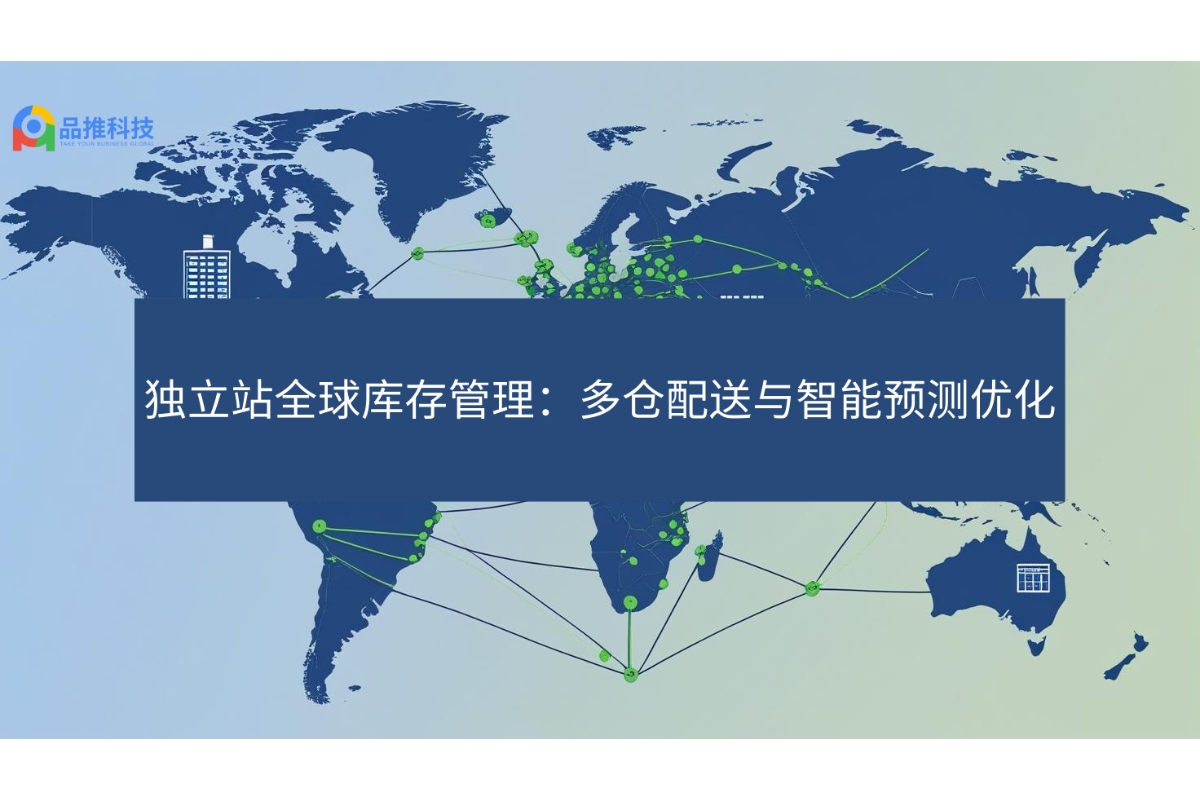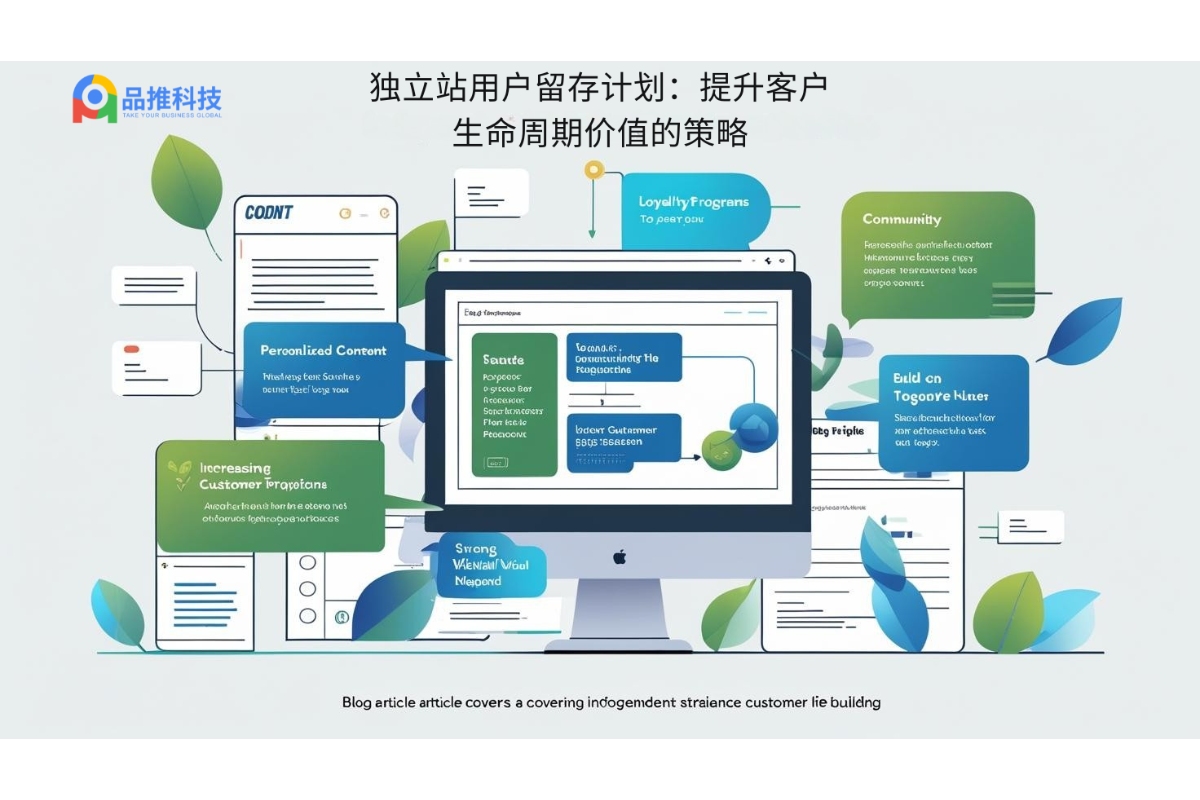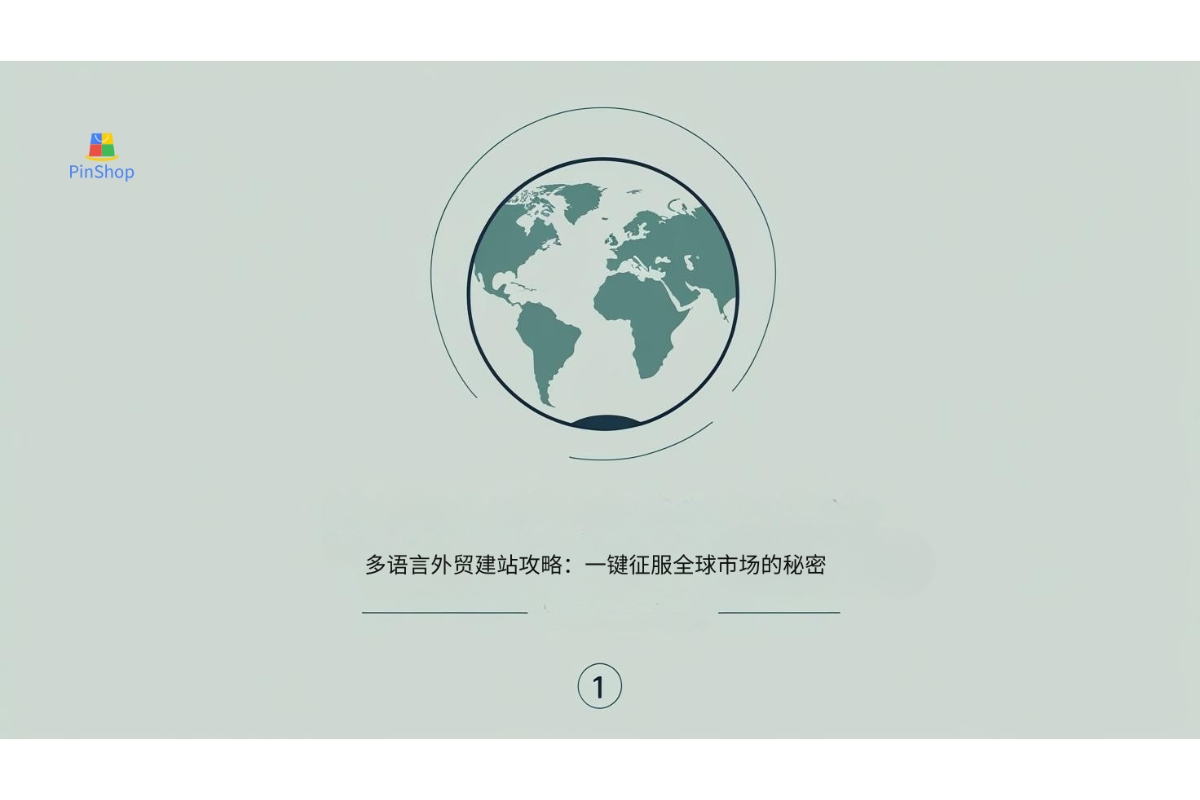In the era of globalized e-commerce, independent websites have become core platforms for businesses to directly engage with customers and control the brand experience. However, for cross-border e-commerce and foreign trade companies, inventory management is a critical factor affecting customer satisfaction and operational efficiency. Implementing multi-warehouse distribution and intelligent inventory forecasting on independent websites has become a core issue for companies in improving their supply chain management capabilities.
Multi-warehouse layout: improving distribution efficiency
Multi-warehouse management is a key tool for independent retailers to optimize logistics. Companies can establish warehousing nodes in different regions and centrally manage inventory through the independent retail system, enabling local delivery, shortening logistics time, and reducing transportation costs. According to the Council of Supply Chain Management and Logistics (CSCMP) , a multi-warehouse layout can reduce delivery time by an average of 20% to 30% while also mitigating cross-border transportation risks.
Independent websites can synchronize inventory data from various warehouses in real time, enabling sales and operations teams to quickly understand product inventory status and avoid out-of-stock or oversold situations. Furthermore, combined with order allocation algorithms, the system automatically optimizes shipping warehouses based on inventory location and transportation costs, improving overall delivery efficiency.
 Inventory forecasting: intelligent decision support
Inventory forecasting: intelligent decision support
The inventory forecasting system analyzes historical sales data, seasonal fluctuations, and market trends to provide independent websites with scientific inventory replenishment recommendations. Companies can utilize the forecasting model developed by the International Society for Supply Chain Management (ISCM) , combined with AI algorithms and big data analytics, to accurately predict future demand and reduce the risk of inventory overstocking.
Intelligent inventory forecasting not only helps businesses maintain optimal inventory levels but also supports promotional activities and new product launch decisions. For example, by analyzing user purchasing behavior and market trends, independent websites can stock popular products in advance, improving customer satisfaction and reducing potential losses caused by insufficient inventory.
Data-driven inventory and order management
The advantage of independent websites lies in data centralization and controllability. Businesses can use the data analysis module in the independent website backend to monitor inventory changes, order status, and delivery efficiency in real time. Research by the International e-Commerce Group (IMRG) shows that data-driven inventory management can significantly improve inventory turnover and order fulfillment accuracy.
Through data analysis, businesses can identify slow-moving and hot-selling items, adjust inventory strategies, and achieve dynamic replenishment. Combined with automated order distribution and intelligent early warning systems, independent websites can instantly match inventory and warehouses when orders are generated, ensuring fast order response and a consistent customer experience.
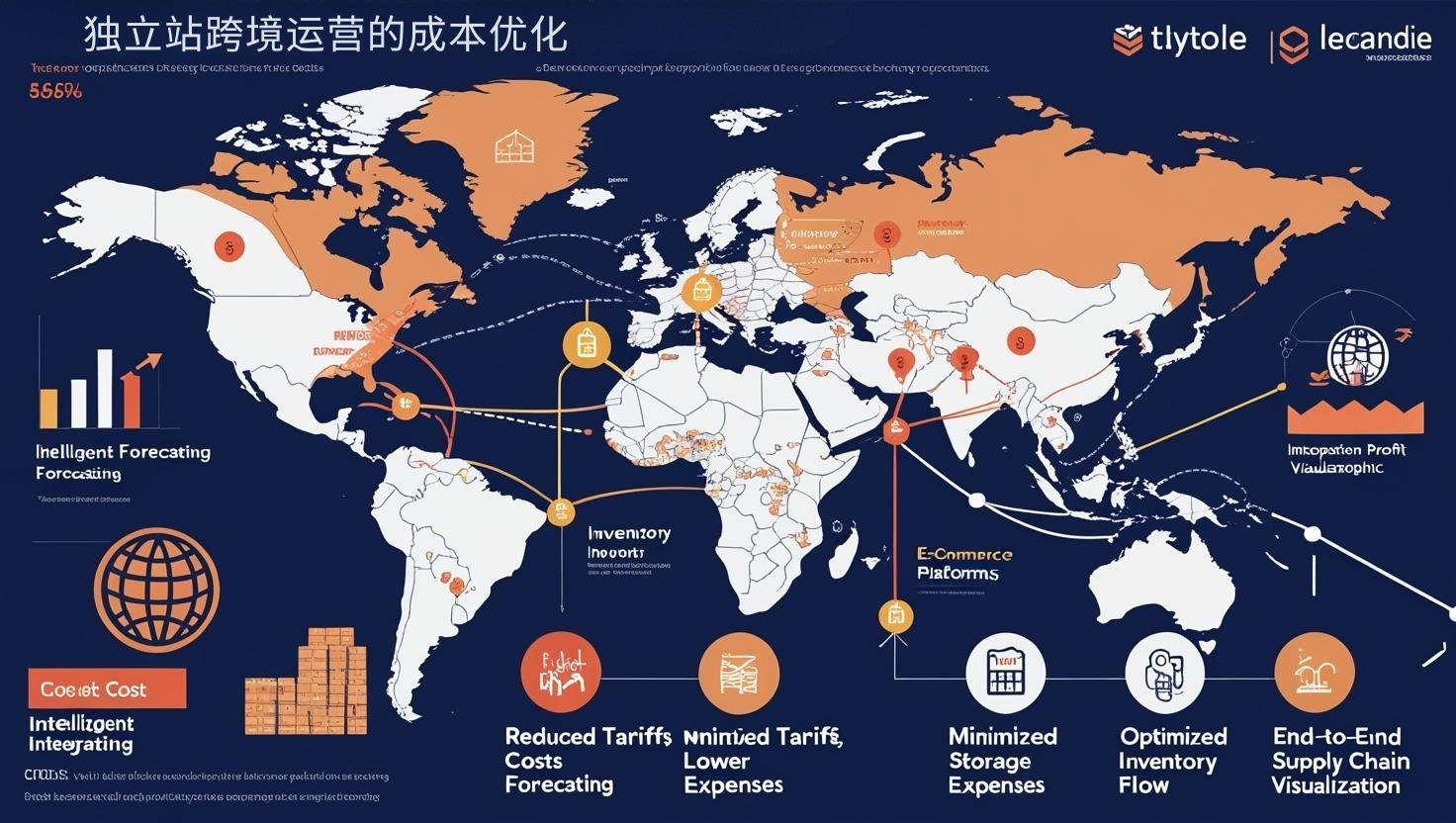 Cost optimization of cross-border operations of independent stations
Cost optimization of cross-border operations of independent stations
Global inventory management not only impacts delivery efficiency but also impacts a company's cost structure. Combining a multi-warehouse layout with intelligent forecasting can help companies reduce international shipping costs, tariffs, and warehousing costs. Furthermore, independent e-commerce platforms can optimize inventory flow, reduce losses from slow sales and out-of-stock items, and improve overall operating profit margins.
In addition, the independent station platform can integrate supplier inventory data to achieve end-to-end visual management of the supply chain, further optimize procurement and logistics decisions, and improve the flexibility and responsiveness of cross-border business.
Recommended related articles: Multilingual Independent Station Strategy: Balancing Localization and Internationalization 

